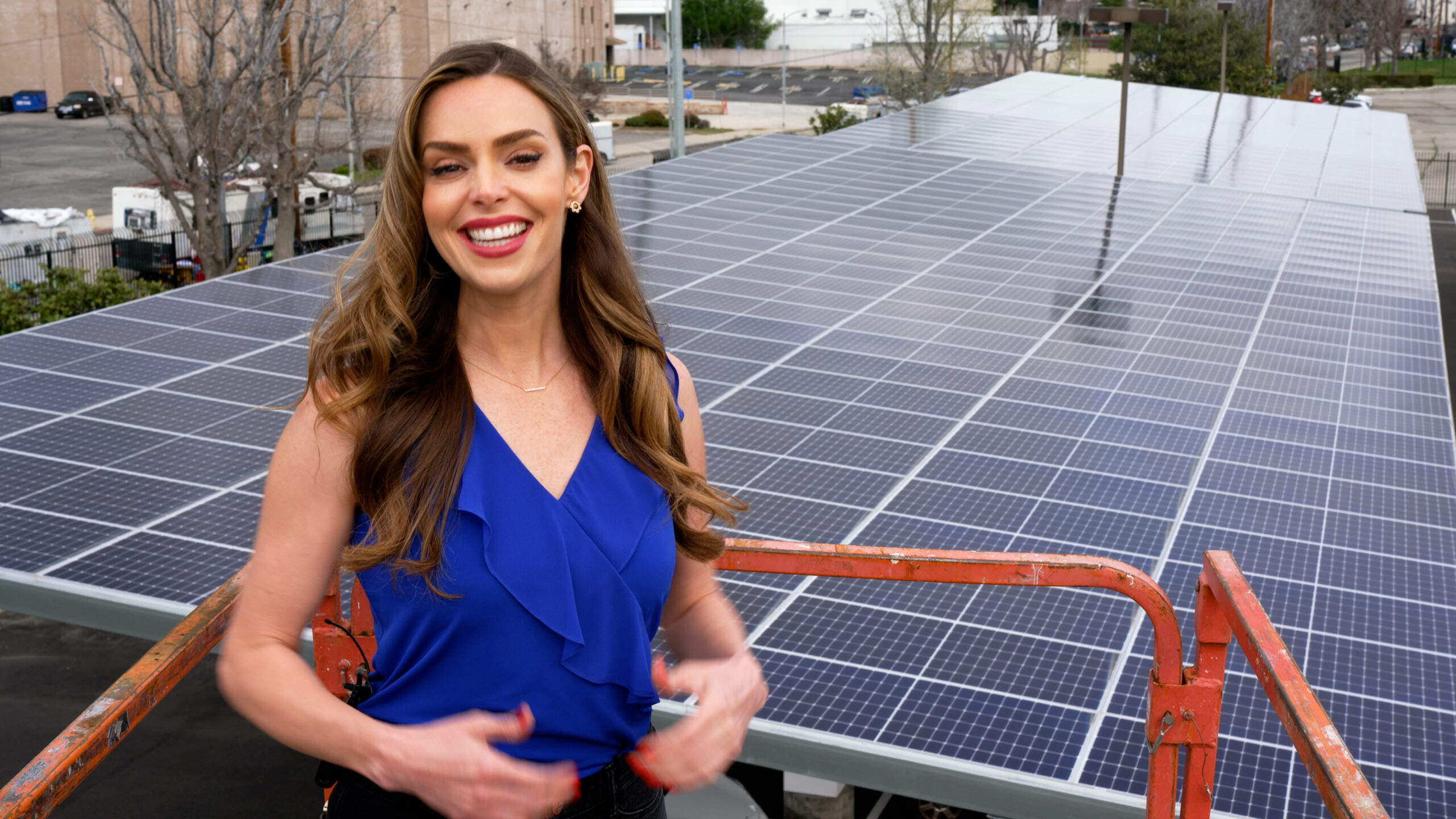6 Key Factors That Shape Your Solar System Design
6 Key Factors That Shape Your Solar System Design
Before any solar panels go up, there’s an important step that often gets overlooked: system design. A well-planned layout isn’t just about aesthetics—it directly impacts performance, efficiency, and long-term savings.
At California Solar Broker, we handle all the behind-the-scenes work so your system is tailored to your property and ready to deliver real results. Our design team takes site survey data, utility needs, and permitting requirements to create a system that’s code-compliant and optimized for output.
Here are six of the biggest design considerations we factor into every custom solar setup.
1. The Direction Your Roof Faces
Not all roofs are equal when it comes to solar exposure. In California, south-facing roofs tend to offer the best year-round sunlight. East- and west-facing roofs can also work well, though they may see up to 20% less energy production.
North-facing roofs are generally less efficient unless they have a shallow pitch that still allows decent sun exposure. If your home has multiple roof planes, we’ll design a system that captures sunlight across the most productive surfaces.
2. The Pitch (or Slope) of Your Roof
The pitch of your roof—the angle of its slope—can slightly affect how much solar energy your panels collect. A typical 7:12 pitch (a 7-inch rise for every 12-inch run) is often ideal, but plenty of systems work great on flatter or steeper roofs too.
What matters even more is azimuth—the angle the panels face relative to the sun. A good azimuth alignment ensures your panels soak up as much direct sunlight as possible throughout the day.
3. Shading from Trees or Structures
Even a small patch of shade can seriously reduce your system’s output. A panel that’s just 10% shaded might lose up to 80% of its production in that zone due to how current flows across the system.
That’s why we analyze shading carefully—both digitally and during your in-person site survey. We check for nearby trees, chimneys, buildings, and any other obstructions that could block sunlight during peak hours. If needed, we can design around shaded areas or use panel-level optimization to minimize impact.
4. The Durability and Performance of Your Equipment
Solar panels need to hold up to heat, rain, wind, and—depending on where you live—even snow. At California Solar Broker, we only recommend Tier 1 panels that meet strict durability standards and come with 25-year production warranties.
Some homeowners also choose to install a solar battery, which allows for energy storage and backup power during outages. We offer premium battery options that pair seamlessly with high-efficiency inverters for smooth, intelligent power management.
Not everyone needs a battery right away—but if you live in an area with frequent outages or want full energy independence, it’s worth considering during design.
5. Your Home’s Energy Demand
Your solar system needs to match your household’s electricity use—now and in the future. We take a close look at your utility bill, usage trends, and any planned lifestyle changes (like adding an EV charger or heat pump) to make sure the system is sized correctly.
Larger homes or homes with high energy loads will need more panels. But layout also matters: your roof may have physical limits on how many panels can be installed. That’s where high-output panels and smart system design come in.
6. Installation and Project Costs
While the system design itself doesn’t directly affect the price tag, the size and complexity of your layout will influence installation costs.
California Solar Broker works with vetted partners to keep pricing competitive and transparent. We also walk you through available financing—from $0-down solar loans to equipment buyout options—so you can choose a payment plan that fits your budget.
Occasionally, site surveys reveal electrical upgrades that need to be made before moving forward, like main panel upgrades or conduit rerouting. We help you navigate those surprises and keep your project on track.

In Summary:
Design is where the groundwork for a successful solar installation is laid. By evaluating your roof’s geometry, sunlight access, electrical setup, and long-term goals, we make sure your system performs efficiently from day one—and keeps paying off for decades.
Want a free design preview based on your home and electric bill? Reach out to California Solar Broker and we’ll show you what’s possible.

